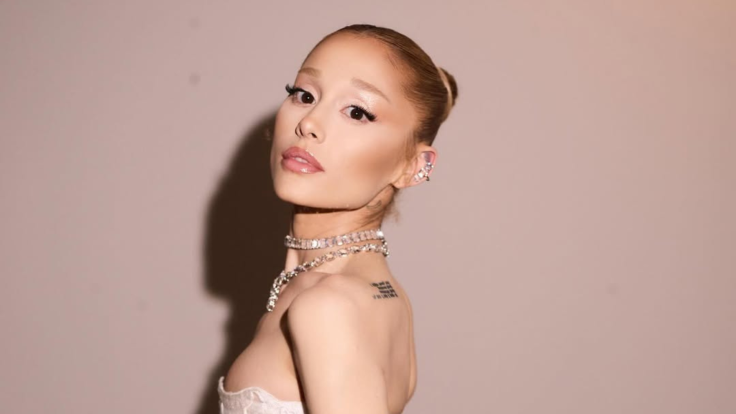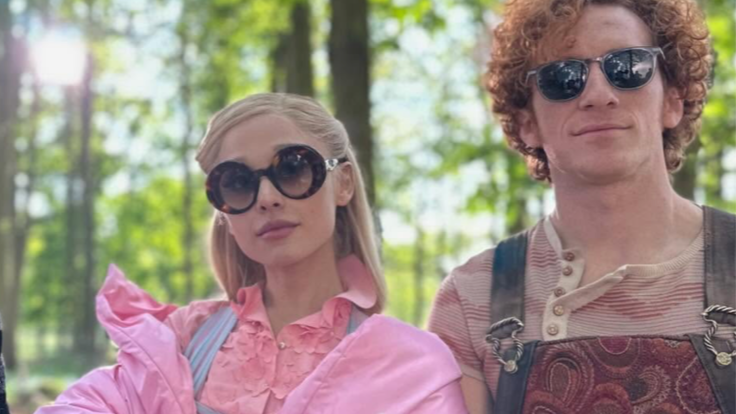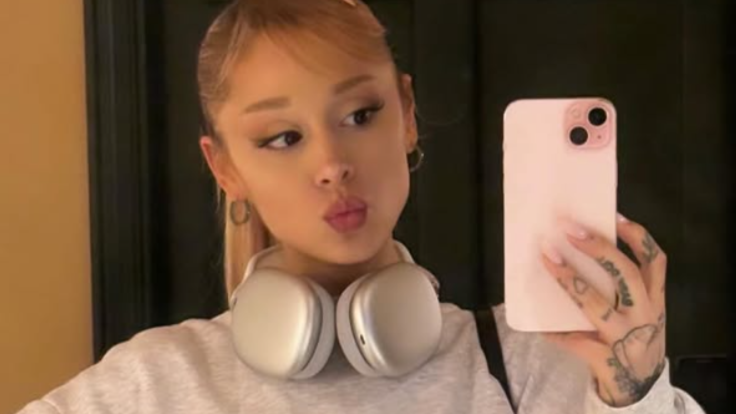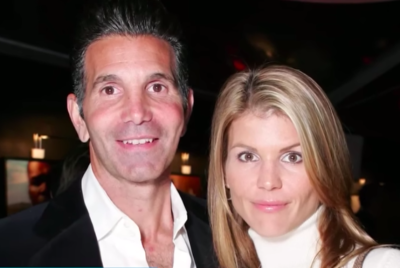Ariana Grande Slammed by Fans for 'Cruel' Split From Ethan Slater After Wrecking His Marriage — 'She Must Be Stopped'
Ariana Grande faces renewed scrutiny over relationship patterns as breakup rumours swirl

Ariana Grande is again at the centre of a heated public debate about whether her romantic choices have repeatedly overlapped with partners' prior relationships.
The singer's private life has long attracted intense coverage, and recent reports that she and co-star Ethan Slater have quietly split have reignited discussion about a perceived pattern in her dating history.
Public reaction has ranged from sympathetic defence to sharp condemnation, especially after Dr. Lilly Jay, Slater's ex-wife, published a personal essay describing the fallout of her marriage. These renewed headlines and social-media attacks prompted a fresh round of reportage and commentary across mainstream outlets.
Timeline and Primary Accounts
Slater's divorce from Jay was finalised in 2024, and the timeline of separations and the emergence of his relationship with Grande has been extensively reported. People records the legal finalisation and the public sequence of events.
Those dates are the starting point for the public's scrutiny because they provide a factual framework around which narratives develop.
Dr Jay's long personal essay for The Cut offers a first-person account of how the divorce and the subsequent media attention affected her, her professional life, and her child. Her piece is a principal primary source for understanding the human cost of the publicity.

Jay's testimony — which is her direct writing — has been widely cited because it is a rare inside perspective from someone immediately affected.
Recent entertainment reportage has also suggested the Grande–Slater relationship has hit trouble, with insiders describing 'on and off' dynamics and the couple skipping appearances. Industry outlets tracking celebrity comings and goings have framed the situation as fragile, though none of these reports provide conclusive proof of a final break.
The 'Pattern' Allegation: Evidence Versus Perception
Many of the claims that Grande has a recurring habit of dating men who were in relationships stem from a mix of contemporaneous reporting, ex-partner social posts, and tabloid timelines.
Trade and lifestyle outlets provide chronological summaries of Grande's notable relationships going back more than a decade; these timelines are useful for context but do not, on their own, prove wrongdoing. They document when relationships began and ended, and how the public narrative evolved.
Crucially, reputable outlets tend to distinguish between legal timelines (divorce filings and finalisations) and the murkier realm of personal interactions. Where reporting relies on unnamed 'insiders' or social-media claims, experts caution readers about the limits of what can be verified. That distinction matters here. Commentators can point to overlapping dates, but overlap does not automatically prove an illicit affair or moral culpability.
Public perception, however, is driven by a simpler narrative arc. Person A leaves partner B, person A enters a relationship with person C, and that arc is easily amplified online. For critics and some fans, that shorthand is enough to label a pattern; for others, the shorthand is unfair and reductive. This divide underpins much of the present dispute.

Industry Reaction
The Cut's essay from Jay moved the discussion away from celebrity gossip to consequence. She describes emotional and professional impact, and that account has been cited repeatedly by mainstream outlets precisely because it is a primary voice.
Entertainment outlets and awards-season realities also shape the calculus. As film promotion accelerates, studios and publicists sometimes prefer restraint to avoid negative headlines that could overshadow releases; industry sources telling reporters that relationships are 'on and off' may be motivated by a desire to control narrative rather than to document private life.
That in turn fuels scepticism on social platforms, where users interpret absence or guarded appearances as signs of trouble.
© Copyright IBTimes 2025. All rights reserved.





















